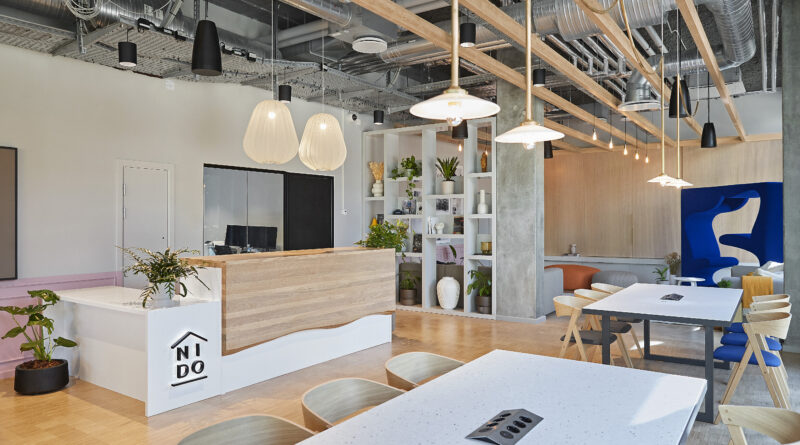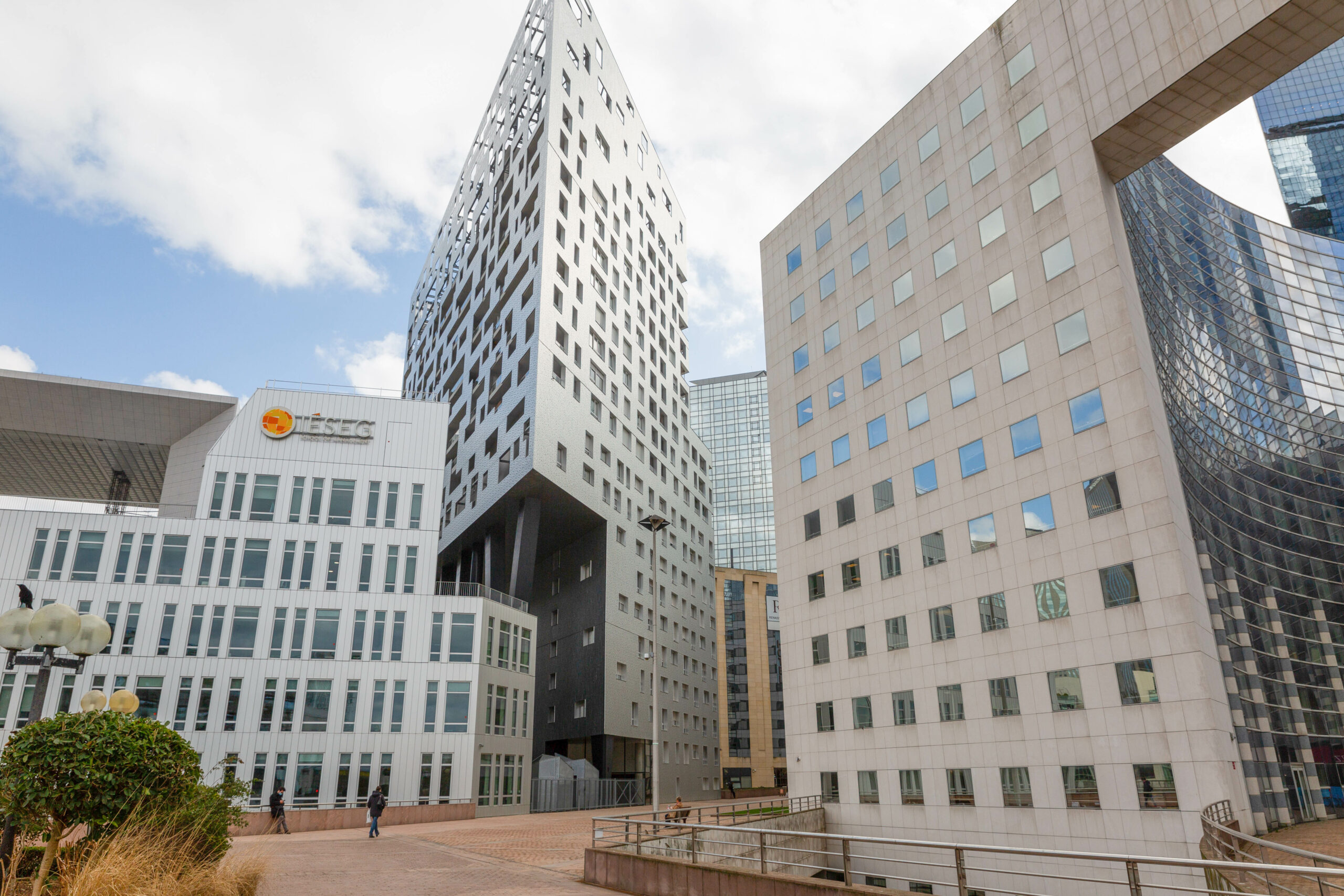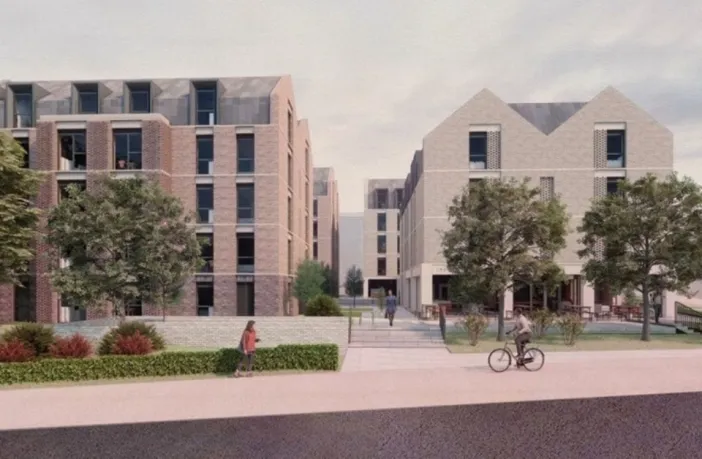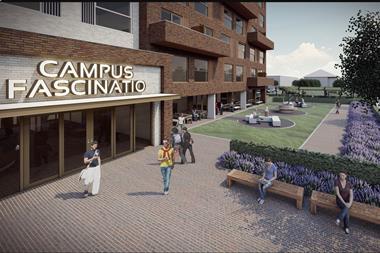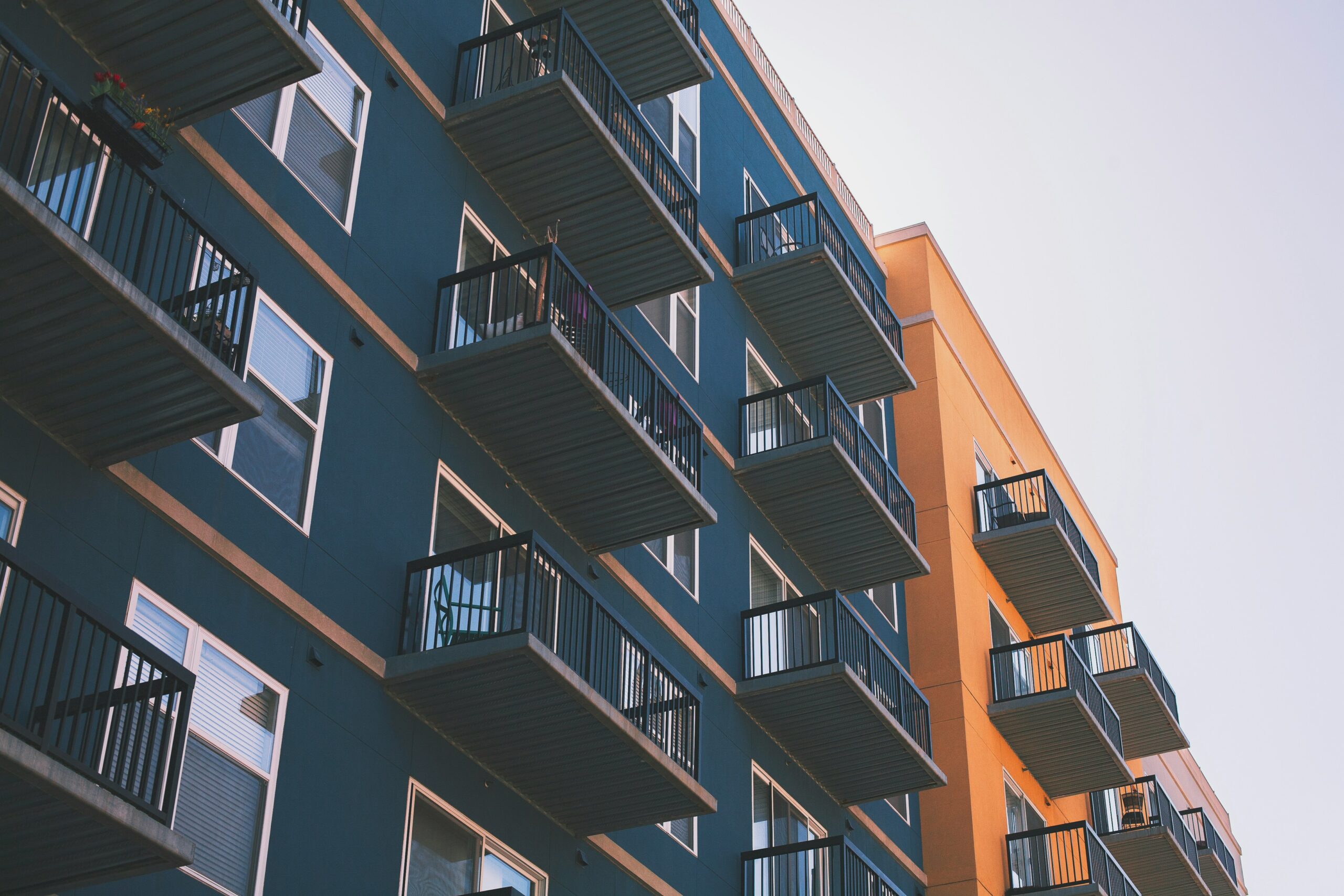Designing for Gen Z means prioritising sustainability and co-creation more than ever before, says Nido CEO Darren Gardner.
As operators of student buildings, we are very close to the shifting priorities of Gen Z – and this is a position we deeply value.
With 75 per cent of Gen Z stating that the world is at a tipping point in responding to climate change and the future of the planet is uncertain, according to last year’s The Deloitte Global Gen Z and Millennial Survey, sustainability is an increasingly important factor for students as they make accommodation decisions for university – and rightly so.
Caring about the environment isn’t of course limited to Gen Z but this generation has been one of the most vocal in recent memory in communicating their heartfelt desire to protect the planet for future generations, with movements such as Greta Thunberg’s ‘Fridays for Future’ providing a platform for our young people to voice their displeasure at the status quo.
At Nido, we translated our ambition to become greener and more sustainable into design principles a number of years ago. While there is always room for improvement, we’ve made positive steps over the past few years to ensure we are delivering and operating sustainable buildings.
An authentic sustainable experience is of the highest importance to our residents, so with our design team we made a conscious choice to use only recycled, reclaimed, biodegradable, sustainable, and natural materials across all of our new developments.
From a materiality standpoint, we use solid wood bamboo for flooring throughout rooms and shared spaces as bamboo, the world’s fastest growing plant, retains much of its carbon even when used in buildings. As it grows, with many variants of bamboo ready to harvest in three years, it also absorbs carbon from the atmosphere, with one hectare of bamboo sequestering 17 tonnes of carbon each year, according to the World Economic Forum.
Establishing best-in-class local suppliers across our pan-European portfolio has also played an important role in achieving sustainability goals. For example, at our latest student building in Copenhagen we sourced materials from local Danish craftspeople and manufacturers, which supports the local economy but also forges a tangible connection between the building and its neighbourhood from a design perspective, keeping the carbon footprint to a minimum in the process.
Finding suppliers that are focused on circular design is a huge priority and we are constantly looking for companies innovating in the space we can partner with to integrate products into our buildings. One such example is Smile Plastics – a designer of hand-crafted 100 per cent recycled and recyclable materials from post-consumer and post-industrial waste plastics – which produces our bold and beautiful workbench tabletops.
Operationally, we ultimately want to empower our employees and students to make their own positive sustainability choices – and we support this through providing educational resources to help our communities understand how to reduce their environmental impact. We also focused on decreasing plastics and waste generally, providing reusable water bottles and tote bags, and incorporating sustainable materials into the Nido buildings wherever possible.
Beyond sustainability, the other key priority we’ve noticed while working alongside Gen Z is their openness to collaborate on design and help us shape future products.
Regularly engaging with and surveying students enables us to have real depth and quality of data about how spaces are used, what’s working and what they would like to see in the future. This enables us to design spaces very specifically for the end user, and their feedback directly informs future design not just in the building they are living in but gives us the opportunity to apply these design-led learnings and best practices across our portfolio.
Students have a vested interest in engaging with us on design, as it impacts their physical environment, and many want to open a dialogue to help us improve the experience for them – or indeed suggest creative ideas themselves. Take for example Nido St James in Glasgow, where we commissioned one of our talented residents to transform a study lounge with an abstract artwork installation, following the student sharing her creative vision for the space.
Another example, which may sound unusual, is that through feedback we moved the laundry room up from the basement in one building to join a lounge area, so students can connect with each other while waiting for their clothes to wash and dry. These serendipitous encounters are so valuable for our community, and their wellbeing, as it encourages crucial social interaction.
Other examples of our co-created design approach with students over the years has led to water fountains being moved to the front of buildings, so students can refill their bottles on the way in and out of the building; switching to more sustainable LED lighting; and ramping up biophilic design, which can help students to relax and lower blood pressure.
This collaborative approach to design with our students can lead to students’ overall happiness increasing, as we’re evolving the design around their specific needs, and ultimately our buildings function better as a result of it. From a commercial standpoint, this can have a halo effect on rebooking rates, alongside improving the reputation of the property, and embedding the learnings from each cohort into the building’s fabric for the benefit of future students.
Darren Gardner is CEO at Nido. He joined Nido in February 2020, bringing with him more than 20 years of multi-industry, multi-market experience. He oversees Nido’s expanding portfolio of high-quality accommodation across the UK and Europe.


